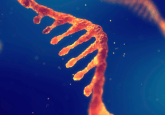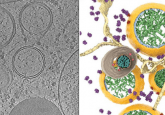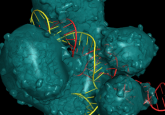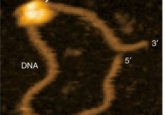Molecular detail of RNA-editing CRISPR system revealed
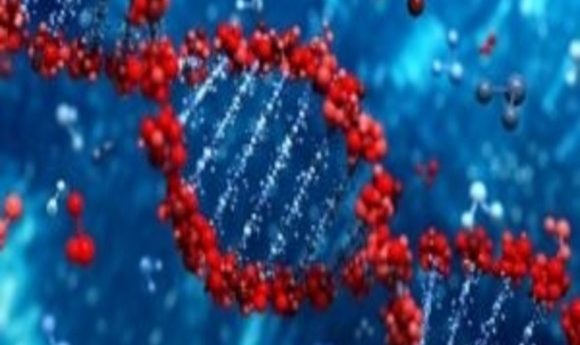
Cryo-electron microscopy has been utilized to visualize the RNA-editing tool, CRISPR/Cas13d, at work.
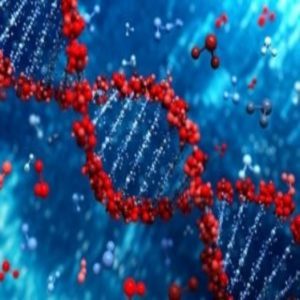
A team of researchers from the Salk Institute (CA, USA) has utilized cryo-electron microscopy (cryo-EM) to visualize the molecular structure of CRISPR/Cas13d, an enzyme for RNA editing, for the first time. It is hoped that this new insight will pave the way for new methods to treat RNA-based diseases.
“This paper provides a molecular blueprint for RNA-targeted genetic engineering,” commented corresponding author Dmitry Lyumkis. “It adds to the breadth of tools that are needed for conducting this kind of crucial biomedical research.”
CRISPR/Cas systems are generally well-known for their ability to edit DNA, with the CRISPR/Cas9 enzyme being the most famed of these. The potential of utilizing this system to edit RNA is promising, as it would allow a gene’s activity to be altered without the permanent modification of editing the gene itself.
“DNA is constant, but what’s always changing are the RNA messages that are copied from the DNA,” explained co-first author Silvana Konermann. “Being able to modulate those messages by directly controlling the RNA has important implications for influencing a cell’s fate.”
The researchers published a paper earlier this year detailing the discovery of the CRISPR/Cas13d enzyme family. In the same paper, they demonstrated the ability of the system to correct a disease-causing protein imbalance in cells from a patient with dementia.
Now, using cryo-EM, they can see detailed mechanisms of how the enzyme targets and cuts the RNA. Cryo-EM freezes the enzyme in different dynamic states. The researchers can therefore witness a range of different enzymatic activities, as opposed to the activity at just one point in time.
“This enabled us to see how Cas13d guides, binds and targets the RNA,” concluded co-first author Cheng Zhang. “We hope this new knowledge will help expand on the power of gene-editing tools.”
The researchers hope to use this new information to build new treatment strategies for RNA-based diseases.

